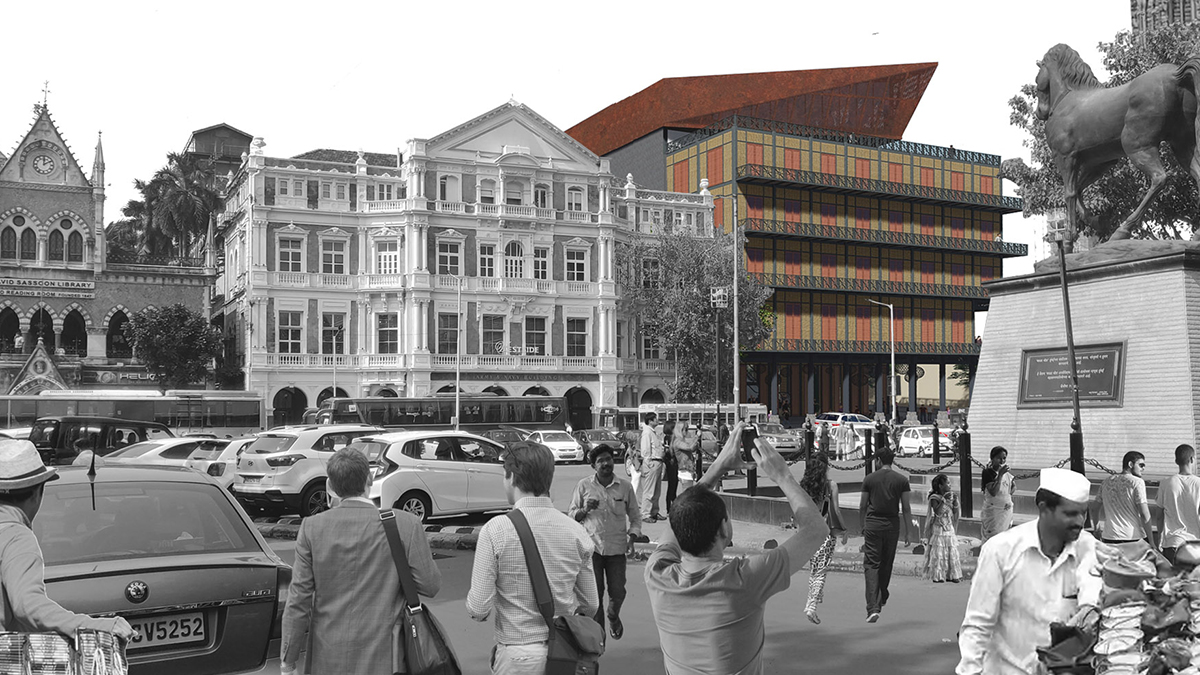Design Dissertation: Trushad Poladia
Guide: Siddharth Shirur
Discussions on the topic of heritage buildings, for long, have been very jejune. The lack of exploration on the subject has often left us with two options, demolishing the old building in favour of a new building which is usually insensitive to the building that preceded it and to the context it sits in or the second option being complete restoration and conservation.
In the last two decades, most of the development in the city has been homogeneous and profit oriented. Such homogeneous development combined with trends of globalization leads to construction of buildings that look similar to one another, hence leading to greater problems like loss of identity and lack of imageability in our cities.
Unlike new buildings, old heritage buildings were carefully designed and detailed to be bespoke. Each building has a different elevation and a different spatial experience.
These buildings are of significant value and are great examples of heritage, history and architecture. Having stood the test of time, these buildings form a major part of the experience and imageability of the city. Demolishing any one of them will be a great loss to the city’s architectural heritage.
The Watson Hotel is an old cast iron building in the Fort Precinct. The building is located right across the Kala Ghoda art street. It is adjacent to the army navy building and the City Civil Court, located right in the middle of the fort heritage district. The building is a grade 2 Heritage Building. The area has many exhibitions, art festivals and galleries. The location has great potential to become a public space as it already has a lot of footfall and is active throughout the year.
The Watson Hotel, now known as the Esplanade Building, is the oldest cast iron structure in India. The building has had multiple modifications over the years. Initially, it was a hotel for the British and now, it is a mixed- use office building, used by 131 tenants, most of which are lawyers and small business owners.
The building has great history and is an architectural masterpiece of its time. Since it is a privately owned building, it has not been noticed by the masses and got the attention it deserves. Unsupervised additions and modifications have led to its dilapidation. Adding a public component will allow the general public to interact with the building and eventually make everyone aware of its history and rich heritage.
This thesis project proposes to restore parts of the building that are also visible from the main roads of the heritage precinct. Weaker sections of the building will be demolished and replaced by new blocks. The additions are sensitively planned to co-exist with the older parts of the building. The new additions aim to give the building a new identity while preserving and highlighting the older parts of the building, allowing the building to interact with the context and be enjoyed by people of the city.
This project explores a new way of looking at heritage buildings, which is neither as insensitive as demolition nor is as austere and inflexible as complete restoration.






